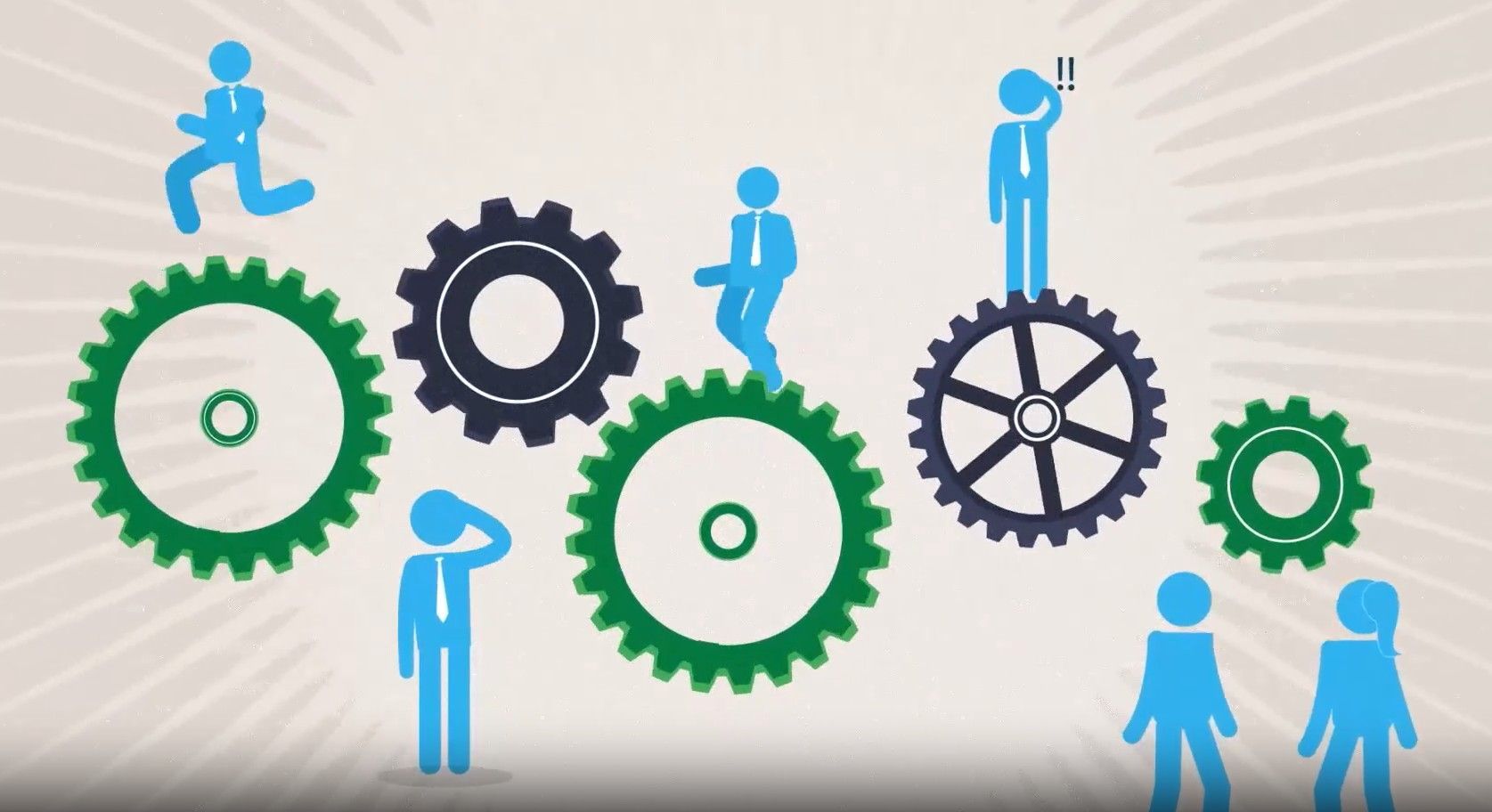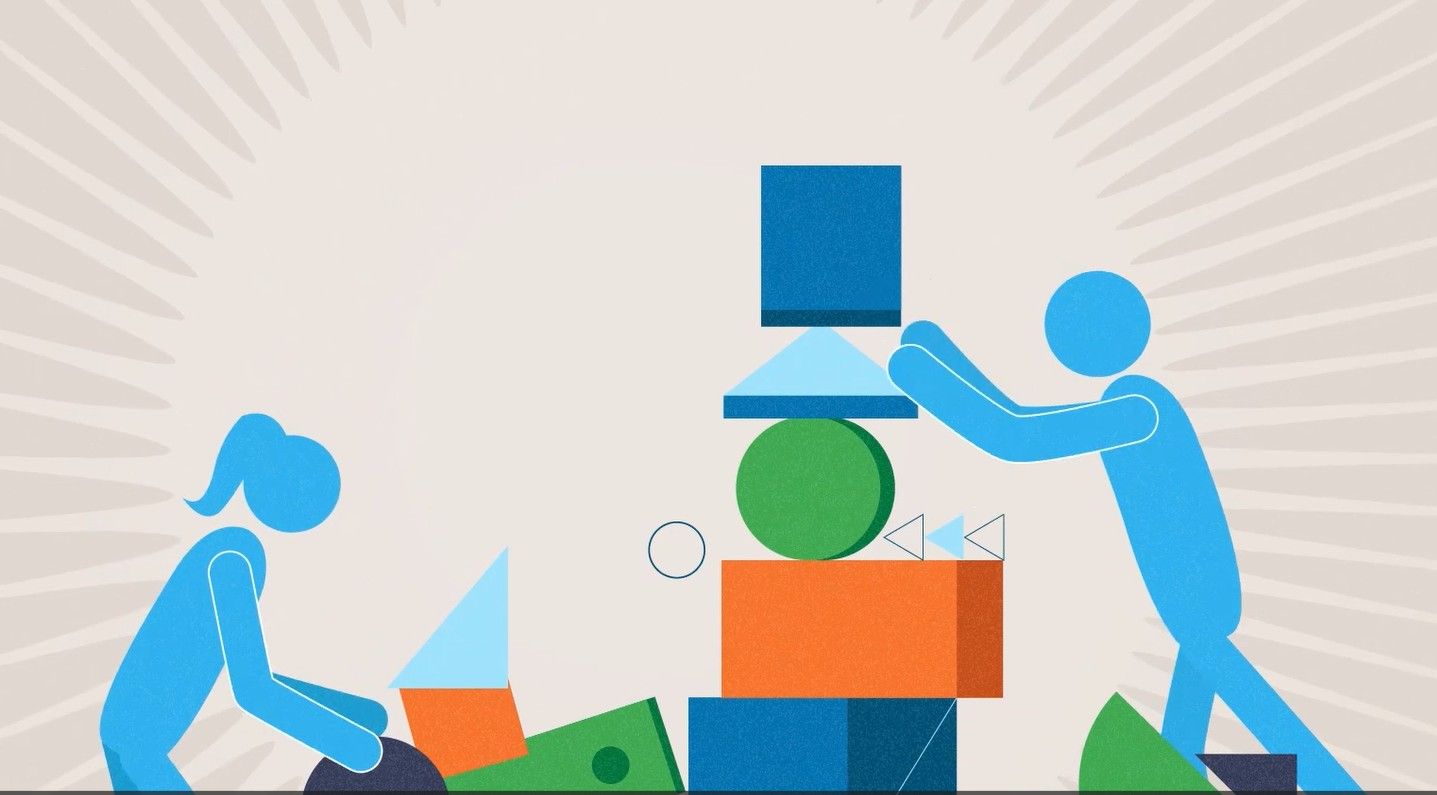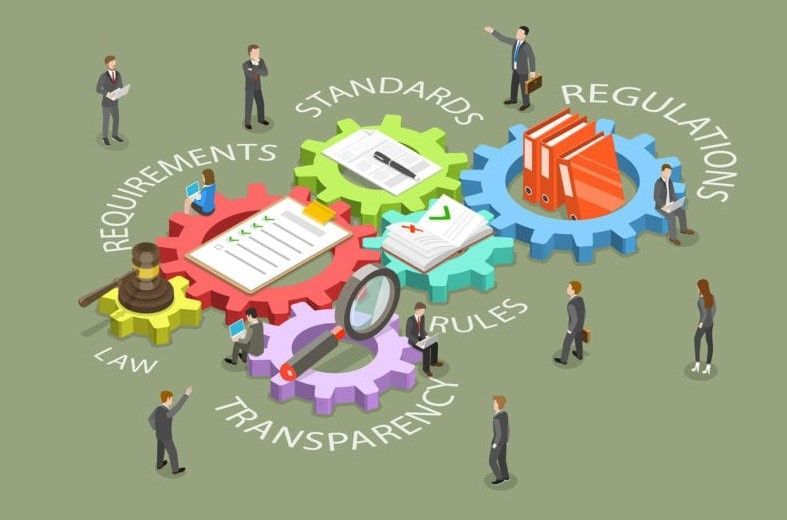Are You Coachable? Is Your Team?
August 14, 2025
Over the past 23 years business developers and others participating in our courses on consultative selling, consultative negotiating, and increasing referrals have demonstrated a wide range of coach-ability. Here’s how a few approached coaching, both giving and receiving. We hope you’ll gain some insight about yourself, your team, and using coaching to gain-and keep-an edge.
Practicing What You Preach:
The coach who out-worked everyone.
One of our clients is a Division 1 university athletic department. The top recruiting coach in his sport believed that consultative selling skills would make him even better. He wanted to connect more effectively with high school recruits, to build trust faster and deeper, and to develop a process for other recruiters use. During the course, he did what he expected his players to do on two fronts. First, he outworked everyone else in the class. If others turned in one homework assignment per week, for example, he turned in three, and he took pages of notes. Second, he was willing to listen good advice, take it to heart, and apply it.
Leading by Example:
The CEO who outsold everyone else.
In 2009, the CEO of a billion-dollar, publicly traded company hired us to improve the selling skills of his top ten salespeople. He took the class with them, didn’t miss a session (four half-days), and did the homework. Afterward, he announced he would take a random lead from the funnel to test his new skills and the company’s new sales process we had created together.
The lead turned out to be a long shot. The prospect was “happy” with the current supplier under a long-term contract that wouldn’t be put out for bid for 10 months. However, as the CEO and his team put our process to work, the situation changed dramatically. The prospect decided to partner with our client to craft an arrangement to benefit them both. The contract never went out for bid: Our client and the prospect signed a five-year contract for $5 billion-that’s right, $1 billion each year. Our client doubled in size and was named Fortune’s fastest growing company for the year. (How did it happen? To find out, see the 75-second video, “The Billion Dollar Sale.”)
Key Point: This example isn’t about the size of the sale. It’s about the power of being willing to listen, learn, and “leap,” especially with the right training and coaching supporting your efforts.
Know Thyself:
The top producers who wanted more.
From time to time, salespeople who already earn in the high seven figures take our course. They are often the hungriest to learn more, to discover something they didn’t know, or to be reminded about something they used to do but have forgotten. They want to really understand what makes them successful. They want to leverage their time and improve the coaching they give others. Many top producers we meet say they have been unsuccessful in “passing down” their own success factors.
Not Just Beginner’s Luck:
The rookie who became the top producer.
One of our graduates had never sold anything before joining his new employer and taking our course. (A former law enforcement officer, he decided to change professions after being fired upon one too many times.) When he learned the many ways he could create value for his prospects and customers-and did the work necessary to use those ways in the field-he shifted into high gear and became a top producer.
Already the Best? Get Better!
The top producer who wanted to be coached.
One of our clients has closed some of the largest industrial commercial real estate deals in the country over the past five years. We’ve trained many people at his firm, but he requests more coaching on new deals than anyone. I’m writing this on a Saturday and have already spent over an hour with various emails to him and his team on another new opportunity involving a finalist presentation within the week.
What You Don’t Know Can
Hurt You:
The sales rep who didn’t want anyone to know what she didn’t know.
One course participant was afraid others would discover what she didn’t know, and she refused to open the course workbook in class. She wouldn’t need it, she said, because she already knew all about sales. After about an hour I could see discomfort on her face. She wanted to take notes, though unwilling to show her colleagues. She finally gave up the charade and started to take notes (lots of them).
If at First You Do
Succeed, Try, Try Again:
The top producers who repeated training.
Graduates of our FOCISconsultative selling program can re-take all or part of the four-session course at no charge if they are with the same firm that sent them originally. We want people to be as successful as they can be with what we have taught them. The rainmakers in one law firm have taken the course three times, learning something new each time.
Then, this firm asked us to coach its attorneys through an important RFP. The lead attorney felt his team wasn’t applying the concepts we had taught them, and he didn’t know how to turn things around. When we got the call, the firm was in last place against five other firms. We coached the attorneys on how to rework their usual presentation completely. The firm was jubilant when it won the account-its largest ever-and needed a full additional floor in their office building to handle all the new business.
Golf Lessons? Who, Me?
The reluctant golfer who saw the light.
Talk about coaching reluctance. Improving my golf game has been an ongoing goal with one condition: doing so with only small, easy-to-implement changes. I liked my swing and didn’t want to change it-at least not very much.
I didn’t want lessons to threaten the success I already had, which can only be called “average.” But, recently, I realized that lessons have never worsened my game. So, I asked a pro to help me learn something simple: to hit the ball straight. Instead, I learned something profound, at least for me. Hitting the ball straight, he said, is what average golfers want, but it’s not what the pros want. To gain more control, they draw each shot left or fade it right. With that revelation, I began taking lessons again. The jury is still out on the results, but now at least I’m confident that I will get better.
Please get in touch to learn more about how training and coaching in consultative selling and persuasive communications can help grow your business. Reach us at 847-446-0008 Ext. 1, pkrone@productivestrategies.com or, occasionally, on the links.
The post Are You Coachable? Is Your Team? appeared first on Productive Strategies, Inc..










